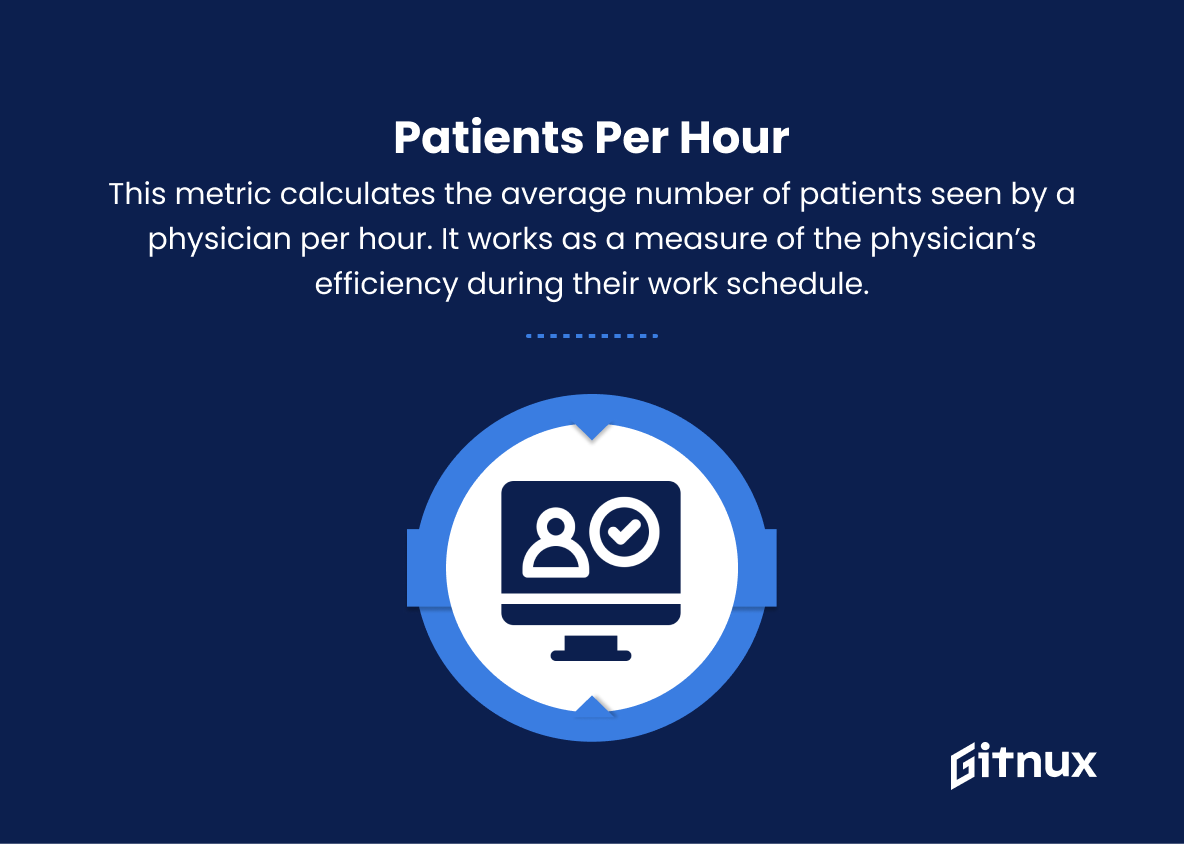In today’s rapidly evolving healthcare landscape, physician productivity metrics have become increasingly vital in determining the efficiency, effectiveness, and overall success of medical practices. As healthcare systems continue to grapple with an ever-growing demand for services, dwindling resources, and the persistent pressure to deliver high-quality patient care, it has become essential for physicians and administrators alike to closely monitor and optimize the productivity of their practice.
This blog post aims to delve into the intricacies of physician productivity metrics, exploring their importance, various measurement methods, and their role in driving improvements for both clinical performance and patient outcomes.
Physician Productivity Metrics You Should Know
1. Relative Value Units (RVUs)
RVUs are standardized measures of the resources and time required to provide a specific medical service compared to a baseline. They account for three components: physician work, practice expense, and malpractice expense. RVUs help to compare the productivity of physicians across various specializations and services.
2. Patient visits per day
This metric measures the average number of patients a physician sees in a day. It provides an indication of the physician’s workload and patient access.
3. Encounter per clinic session
This measures the number of patient encounters a physician has during a given clinic session. This helps to understand the physician’s productivity during their working hours.
4. Patients per hour
This metric calculates the average number of patients seen by a physician per hour. It works as a measure of the physician’s efficiency during their work schedule.
5. Panel size
Panel size refers to the total number of active patients assigned to a particular physician. This helps to understand the physician’s workload and the capacity to manage patient care.
6. Time to third next available appointment
This metric measures the number of days between a patient’s request for an appointment and the third next available appointment slot. It helps evaluate the physician’s availability to patients and appointment backlog.
7. Encounter time
This is the average duration of a patient encounter, calculated from the beginning to the end of each visit. It helps to determine how efficiently the physician manages time during patient encounters.
8. No-show rate
This measures the percentage of patients who fail to show up for their scheduled appointments. A high no-show rate may indicate issues related to patient satisfaction or the physician’s accessibility.
9. Continuity of care
This metric evaluates the proportion of a patient’s total visits within a given time frame attributed to their primary care physician. High continuity of care is considered an indicator of effective patient-physician relationships and care coordination.
10. Patient Satisfaction Scores
These scores are derived from patient surveys evaluating their experience with the physician. Patient satisfaction is crucial for understanding the quality of care provided and overall patient experience.
11. Clinical Quality Measures (CQMs)
CQMs assess the effectiveness of a physician’s care based on specific clinical outcome-based indicators. Examples include the percentage of diabetic patients with controlled blood sugar or the timely administration of antibiotics for bacterial infections.
12. Revenue per physician
This measures the total revenue generated by a physician in a specific time period. It allows the organization to determine the profitability and financial sustainability of each physician’s practice.
These are some widely used physician productivity metrics helping healthcare organizations assess their physicians’ efficiency, effectiveness, and patient care quality.
Physician Productivity Metrics Explained
Physician productivity metrics play an essential role in assessing the efficiency, effectiveness, and quality of patient care provided by healthcare professionals. Metrics such as Relative Value Units (RVUs), patient visits per day, encounter per clinic session, patients per hour, panel size, time to third next available appointment, encounter time, no-show rate, continuity of care, patient satisfaction scores, clinical quality measures (CQMs), and revenue per physician provide valuable insights into a physician’s workload, time management, patient accessibility, care coordination, and financial sustainability.
By evaluating these metrics, healthcare organizations can identify areas for improvement, enhance productivity, and overall patient experience, and ensure equitable compensation across different specializations and services. This ultimately leads to the delivery of high-quality and effective patient care.
Conclusion
In closing, it’s evident that physician productivity metrics play an essential role in the overall success and efficiency of healthcare organizations. By embracing these metrics and continuously working to improve performance based on data-driven insights, physicians can enhance patient care, reduce administrative burden, and optimize workflow.
However, it’s crucial that healthcare organizations implement these metrics in a fair, balanced, and transparent manner to ensure a positive working environment for their physicians. By doing so, both the clinical staff and the patients they serve will reap the benefits, ultimately leading to a healthier, more sustainable healthcare system.












